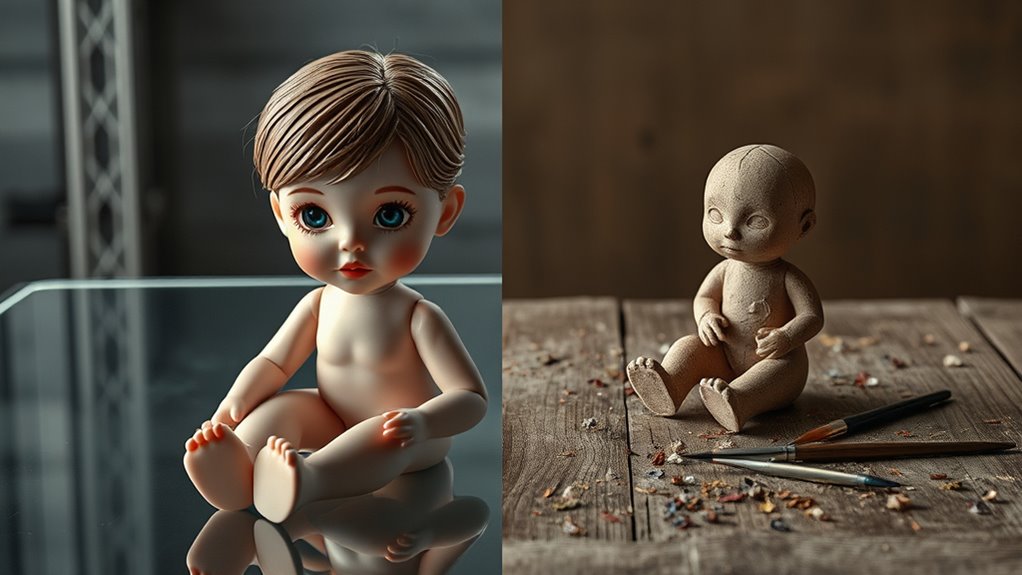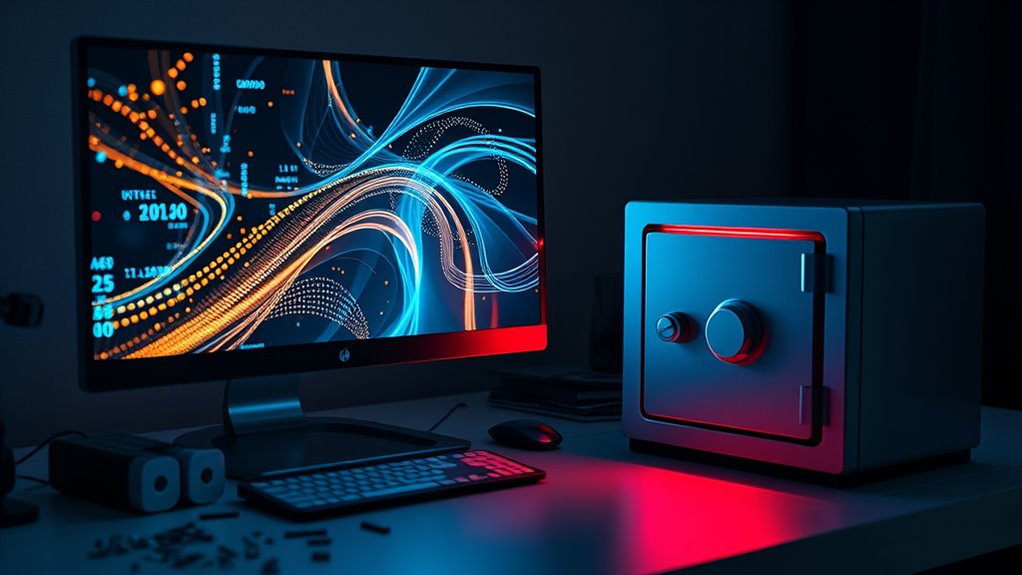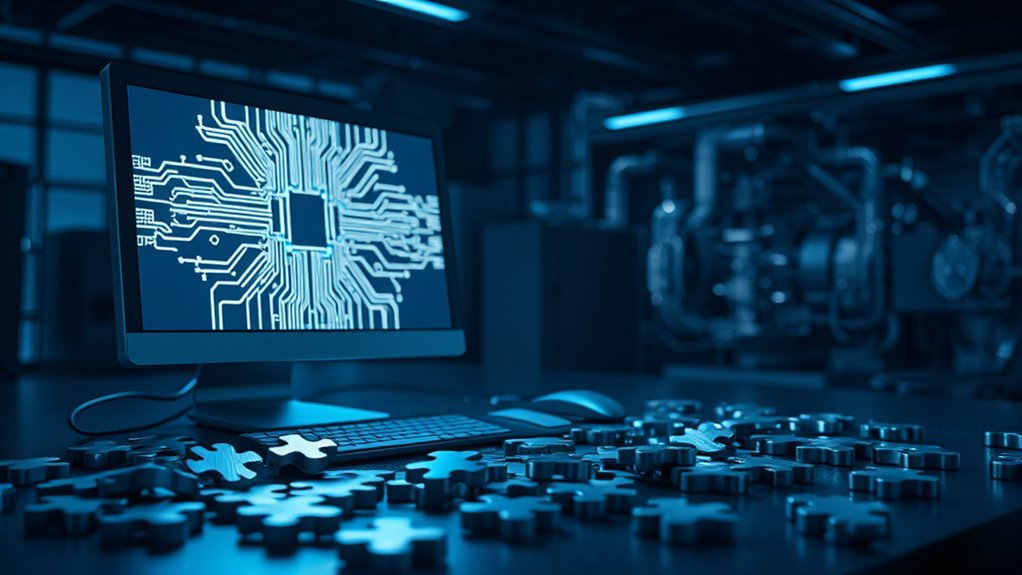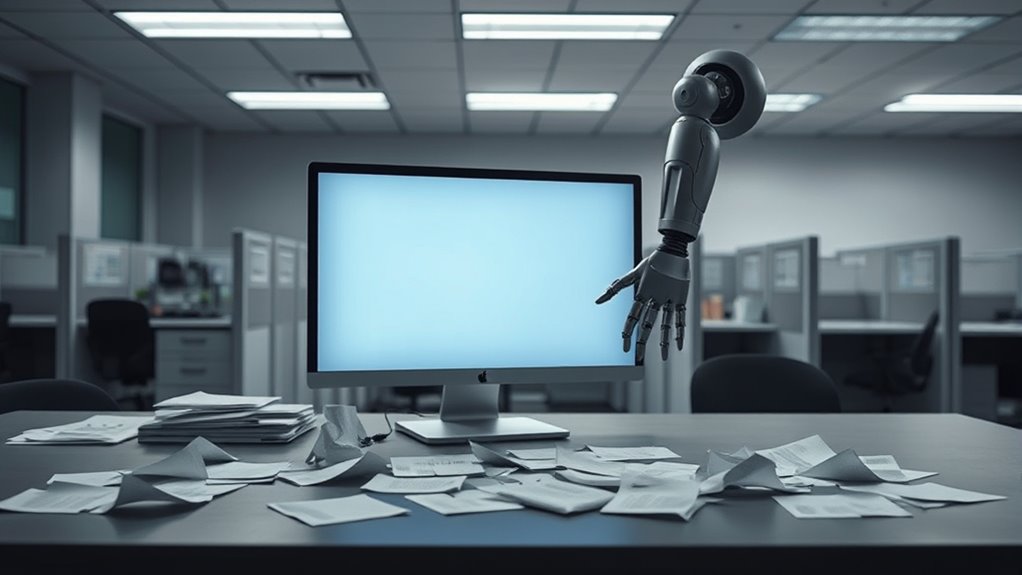Although technology often brings exciting trends, the recent AI doll craze has stirred up a lot of debate. This viral trend has taken over social media and toy collecting communities. People are using AI to create super realistic miniature dolls and action figures. The appeal comes from the novelty and the chance to turn digital designs into physical items. It’s tied to the bigger boom of AI-generated art and collectibles. Many are fascinated by how AI can make creative ideas come to life in tangible ways.
However, not everyone’s thrilled about this trend. Traditional artists are speaking out against AI dolls. They feel these creations lack true creativity and soul. Some say AI “steals” styles from real artists and cheapens human skill. They worry it’s hurting the value of handmade art. A few artists who support AI have even faced online harassment. There’s a real fear that AI might threaten their jobs and the cultural worth of traditional craftsmanship. Historically, similar fears have emerged with technological disruptions in creative industries like advertising. Inspired by past art movements, artists like Emi Kusano question if AI can truly capture human essence through their innovative works.
Traditional artists criticize AI dolls, claiming they lack soul and steal styles, devaluing handmade art and threatening cultural craftsmanship.
Critics also point out an emotional gap in AI dolls. They argue these figures don’t carry deep feelings or cultural meaning. Compared to nostalgic brands like Coca-Cola ads, AI works can seem empty. Some campaigns using AI art feel shallow and fail to touch hearts. This has sparked a bigger question: can AI really capture the human experience, or does it just copy surface looks? Additionally, the legal uncertainty surrounding AI-generated copyright issues adds another layer of complexity to this debate.
The art world and market are split on this. Some brands are cautious about jumping on AI trends. They don’t want to lose fans who crave meaningful creativity. While AI is seen as a fresh disruption, there’s skepticism about its depth. Market reactions show a mix of excitement and doubt.
Social media plays a huge role in this debate. Platforms spread AI doll images fast, creating both fans and critics. Online discussions get heated as people argue over authenticity in art. Some see AI as limiting the human touch, while others think it’s a new tool to explore.
This clash between tech and traditional craft keeps growing. The AI doll craze shows a divide in creative communities. Debates continue on whether AI helps or harms human art. The future of this trend remains unclear as opinions stay polarized.





